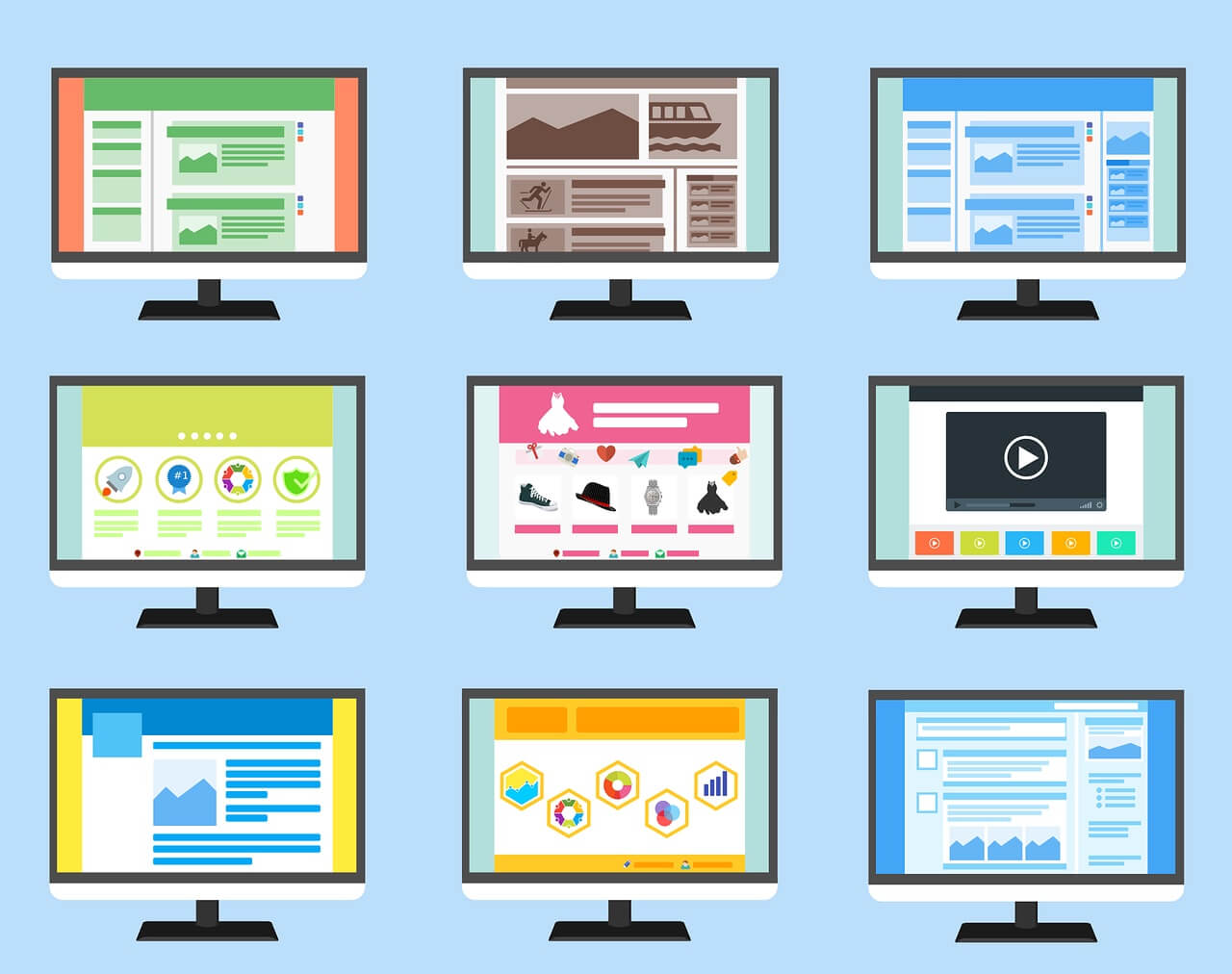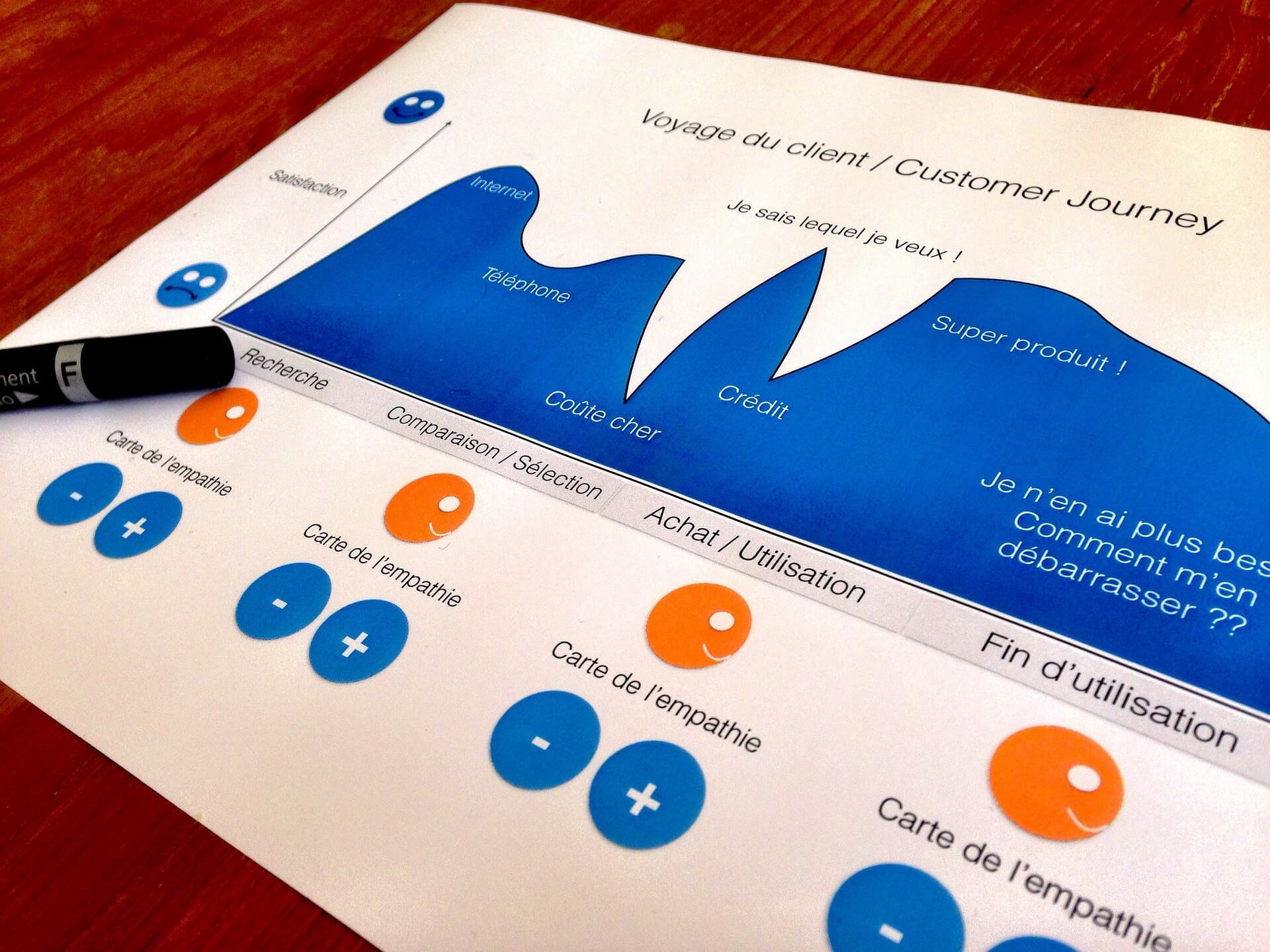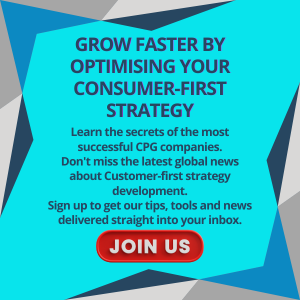Difficult customers!
Every business has them, and no one likes to get customer feedback that is challenging to handle. So what’s the secret to turning difficult customers into loyal advocates?
The most important thing to remember is not to think of customers as difficult but merely as angry, frustrated or disappointed with the product or service they bought from us.
You may never have considered this, but customer complaints are actually a gift! Research shows that for every customer who complains, there are 20 or more who don’t complain and just switch to your competitor!
Wouldn’t you prefer to have the chance to retain their loyalty? That’s why you should do everything possible to respond quickly and positively to every complaint.
If you’d prefer to listen rather than read:
The Gift of Customer Complaints
When a customer reaches out with a complaint, they are offering you the chance to improve and strengthen your business in several ways:
- You get the chance to put things right and make them happy.
- You get the chance to stop them churning/leaving for the competition.
- You get the chance to delight them so they share their experience with others and build your positive image.
Let’s look at these in more detail, using recent examples to demonstrate best practices:
Correcting Mistakes:
- Netflix: Netflix is known for actively monitoring customer complaints and using advanced data analytics to identify and correct issues. When they encountered streaming problems in the past, they quickly addressed them by upgrading their infrastructure, leading to improved service quality. This is a great example of exceeding the customer’s expectations, creating even greater delight.
- Toyota: Toyota has a history of addressing product quality concerns promptly. In the case of the 2010 recall, due to accelerator pedal issues, Toyota swiftly communicated with affected customers, provided fixes, and introduced enhanced safety measures.
- Samsung: Samsung’s handling of the Galaxy Note 7 battery issue is another prime example. They recalled and replaced the faulty devices, prioritizing customer safety and satisfaction. This transparent and rapid response helped mitigate the impact on their brand reputation.
Customers expect you to put things right. They don’t expect more than that in most cases. So going above and beyond will immediately change a negative into a positive event that the customer will share with their friends and family.
Preventing Churn:
- Comcast: Comcast has made efforts to reduce customer churn by offering flexible plans and improved customer service. They introduced “Xfinity Mobile” to bundle mobile services with cable and internet, aiming to keep customers within their ecosystem.
- Adobe: Adobe’s transition to a subscription-based model for Creative Cloud faced initial resistance. However, they addressed customer concerns and objections by continuously improving the platform, leading to higher customer retention rates.
- Spotify: Spotify uses personalized playlists and recommendations to engage users. By analyzing user data and preferences, they reduce churn by providing a tailored experience that keeps users
















